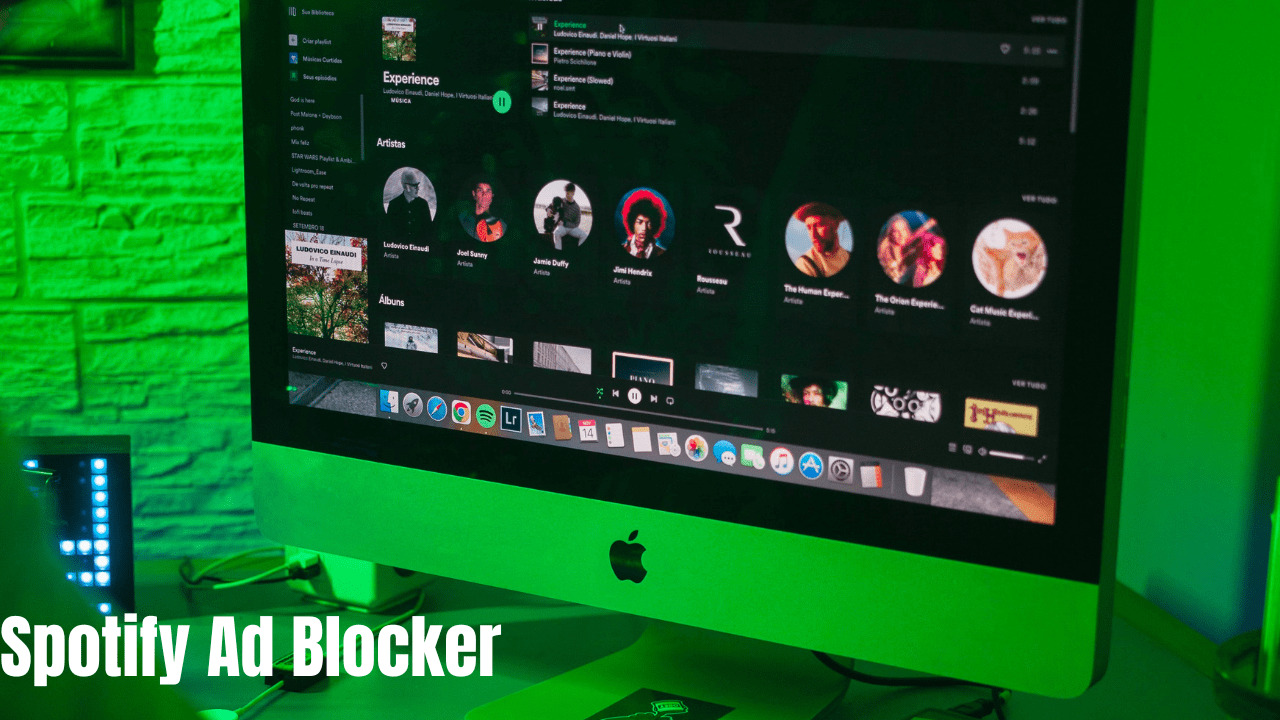The Rise of Spotify Ad Blockers: Navigating the Sound of Silence
In the dynamic world of digital streaming, Spotify has emerged as a powerhouse, delivering an extensive library of music and podcasts to millions of users worldwide. However, with the ubiquity of ads disrupting the flow of tunes, the advent of Spotify ad blockers has sparked discussions about the delicate balance between user experience and revenue generation.
The Spotify Experience
Spotify, known for its freemium model, offers users free access to a vast music library in exchange for intermittent ads. While this approach allows for broad accessibility, the ads, ranging from brief promotions to sponsored tracks, can be a source of frustration for users seeking an uninterrupted audio journey.
Enter the Ad Blockers
In response to the clamor for an ad-free listening experience, Spotify ad blockers have gained traction. These tools aim to eliminate ads from the Spotify interface, promising users an uninterrupted stream of music without the intrusion of promotional content. However, the rise of ad blockers raises ethical questions about the sustainability of free streaming models.
The Ethics of Ad Blocking
While users may celebrate the newfound ability to skip ads, the use of Spotify ad blockers raises concerns about the financial model that supports the platform. Ad revenue is a crucial component for Spotify’s sustainability, allowing it to provide free access to a vast audience while compensating artists and content creators. Ad blockers challenge this delicate equilibrium, prompting discussions about the ethical implications of disrupting revenue streams.
The Cat-and-Mouse Game
Spotify, like other platforms, continually updates its algorithms and security measures to counter the use of ad blockers. The constant back-and-forth between developers of ad blockers and streaming platforms underscores the ongoing struggle to find a harmonious balance between user experience and business sustainability.
The Premium Alternative
For users seeking an ad-free Spotify experience without compromising the platform’s financial ecosystem, the premium subscription offers a legitimate solution. By subscribing to Spotify Premium, users can enjoy an ad-free experience, offline listening, and enhanced audio quality while contributing to the support of artists and the overall sustainability of the platform.
The Future Landscape
As the debate surrounding Spotify ad blockers continues, the future landscape of digital streaming remains uncertain. Finding innovative solutions that cater to both user expectations and the financial viability of platforms is crucial. Whether through evolving ad formats, enhanced personalization, or alternative revenue streams, the industry is challenged to adapt to the changing dynamics of user preferences.
Conclusion
The rise of Spotify ad blockers reflects a broader conversation about the intersection of user experience, platform sustainability, and ethical considerations. As users seek greater control over their digital interactions, the industry must navigate this landscape carefully, ensuring that the balance between free access and revenue generation remains intact. Ultimately, the sound of silence comes at a cost, and the challenge lies in finding a compromise that resonates with both users and the platforms that provide the soundtrack to our digital lives.


